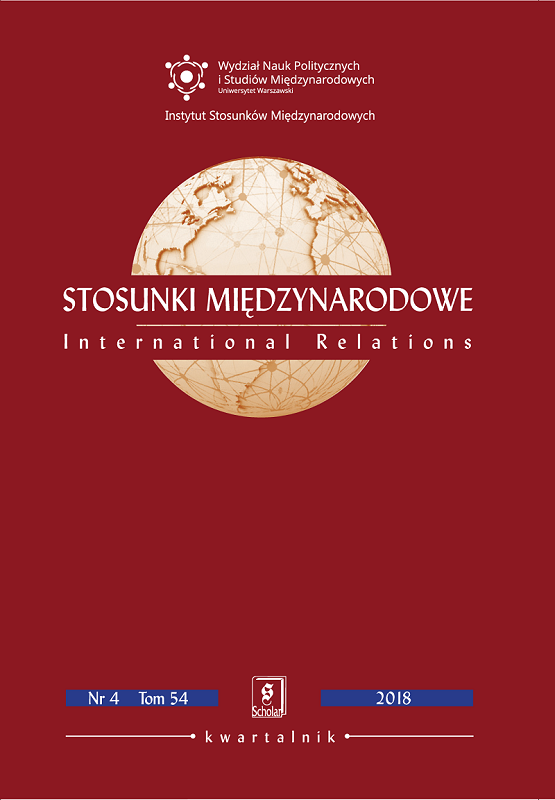Relacje rząd rumuński – Cerkiew w kształtowaniu oficjalnej polityki tożsamościowej państwa po 1989 roku
Romanian Government Relations – The Orthodox Church in Shaping the Official State Identity Policy After 1989
Author(s): Jan Wendt, Jan A. Wendt, Alexandru Ilies, Tomasz WiskulskiSubject(s): Politics / Political Sciences, Politics, History, Social Sciences, Economy, Law, Constitution, Jurisprudence, Theology and Religion, International relations/trade
Published by: Wydawnictwo Naukowe Scholar Sp. z o.o.
Keywords: state policy; Orthodoxy; national identity; Romanian church; Romania
Summary/Abstract: Relations between the Romanian government and the Orthodox Church after WorldWar II changed several times with the change of the party’s policy and role of thechurch in socialist Romania. After the persecution and arrests of clergy in the 1960s,the church became a useful tool in promoting Romanianism in Transylvania andBanat, a loyal ally of the communist authorities. After the Romanian revolution(1989), its role in shaping national belonging and national identity in the official onegovernment policy has increased. The aim of the research and analysis carried out isan attempt to indicate the dynamics of changes in clergy vocations and administrativestructures in the Romanian Orthodox Church and to assess the role played by thegovernment-Church relationship in shaping the official identity policy of the state,as well as national identity in the post-revolution period. The work uses statisticaldata presenting changes in the Romanian Church and the report “Religious beliefsand nationality in Central and Eastern Europe” developed by the Pew ResearchCenter based on surveys carried out in 2015–2016.
Journal: Stosunki Międzynarodowe
- Issue Year: 54/2018
- Issue No: 4
- Page Range: 105-122
- Page Count: 18
- Language: Polish

